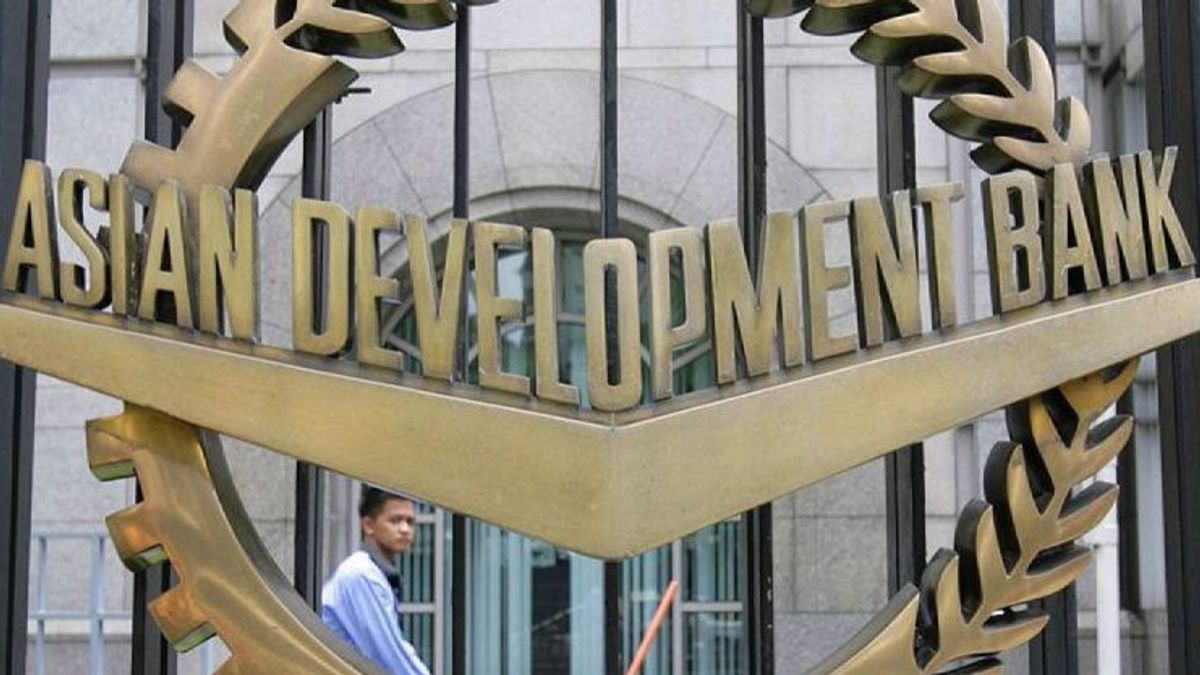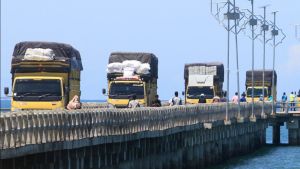JAKARTA - The Asian Development Bank (ADB) raised its projected economic growth in the Asian Development Outlook (ADO) December 2023 for developing countries in Asia and the Pacific to 4.9 percent for this year from an estimated 4.7 percent in September 2023.
The increase in economic growth was due to strong domestic demand driving higher-than-expected growth in the People's Republic of China (RRC) and India.
"Evolved countries in Asia continue to grow rapidly, although global conditions are full of challenges," said ADB Chief Economist Albert Park, in his official statement, quoted from Antara, Thursday, December 14.
Park added that inflation in developing Asia-Pacific countries is also gradually under control. However, he warned that risks still exist, ranging from rising global interest rates to climate risks such as El Nino.
For this reason, he requested that governments in Asia and the Pacific need to remain vigilant to ensure that the domestic economy remains resilient to sustainable economic growth.
The ADB estimates China's economy will grow by 5.2 percent this year, an increase from previous predictions of 4.9 percent, after household consumption and public investment pushed for growth in the third quarter.
Then for India, the prospects for the country's growth were also increased to 6.7 percent from 6.3 percent, following a faster expansion than expected in July-September 2023, driven by double-digit industrial growth.
"The increase in rankings that occurred in China and India was more than just balancing the decline in forecasts for Southeast Asia, which was caused by the sluggish performance of the manufacturing sector," he said.
Meanwhile, for Indonesia, ADB maintains a projected economic growth this year of 5 percent, with an estimated inflation which is also maintained at 3.6 percent.
SEE ALSO:
In terms of inflation, Park said the prospect of developing countries inflation in Asia-Pacific for this year has been lowered to 3.5 percent from the previous projection of 3.6 percent. For next year, inflation is expected to increase to 3.6 percent compared to the previous estimate of 3.5 percent.
For Southeast Asia, the estimated economic growth was lowered to 4.3 percent this year from the previous projection of 4.6 percent, amid weak demand for manufacturing exports. Economic prospects in the Case and Central Asia have increased slightly, while Pacific economic projections have not changed.
He revealed that the risks to these various prospects include continued interest rate hikes in the United States and other developed countries, which could contribute to financial instability in vulnerable countries in the region, especially countries with high debt.
Potential supply disruptions caused by El Nino's weather pattern or Russia's invasion of Ukraine could also trigger inflation, particularly related to food and energy.
The English, Chinese, Japanese, Arabic, and French versions are automatically generated by the AI. So there may still be inaccuracies in translating, please always see Indonesian as our main language. (system supported by DigitalSiber.id)
















